⇠ back to “Look out for…”

There are two subspecies of Lesser Celandine in Cumbria. Both are common!
Their current names are:
Ficaria verna subspecies fertilis, a normally flowering/seeding form;
Ficaria verna subspecies verna, a form only partially fertile, but reproducing very largely by tubers.
These are genetically distinct forms, existing at different ploidy levels (i.e. differing numbers of chromosomes in the cell), fertilis being diploid and verna being tetraploid. (There is a rare triploid hybrid, not yet known in Cumbria).
In the early season, there is little concrete difference to separate these two. The flowers of fertilis often look ‘fuller’, with wider and mostly longer petals, though there is considerable overlap. As the season progresses, however, the essential difference appears: verna consistently produces small pale ovoid or more elongated tubers in the axils (points of emergence: ‘armpits’) of the leaves along the stems. Note: we are talking only about these stem tubers in the leaf axils. Both forms over-winter by means of elongated tubers at root level: ignore the tubers developing at ground-level!)
Subspecies fertilis normally produces a ‘full head’ of fruit, but verna produces few ripe fruits, the rest remaining small, and hence the head appears mis-shapen. (To remember which is which: fertilis is the one producing the fertile seed. Curiously, the ‘typical’ subspecies, i.e. ‘verna subspecies verna’, is the one which seems the ‘aberrant’ one!)
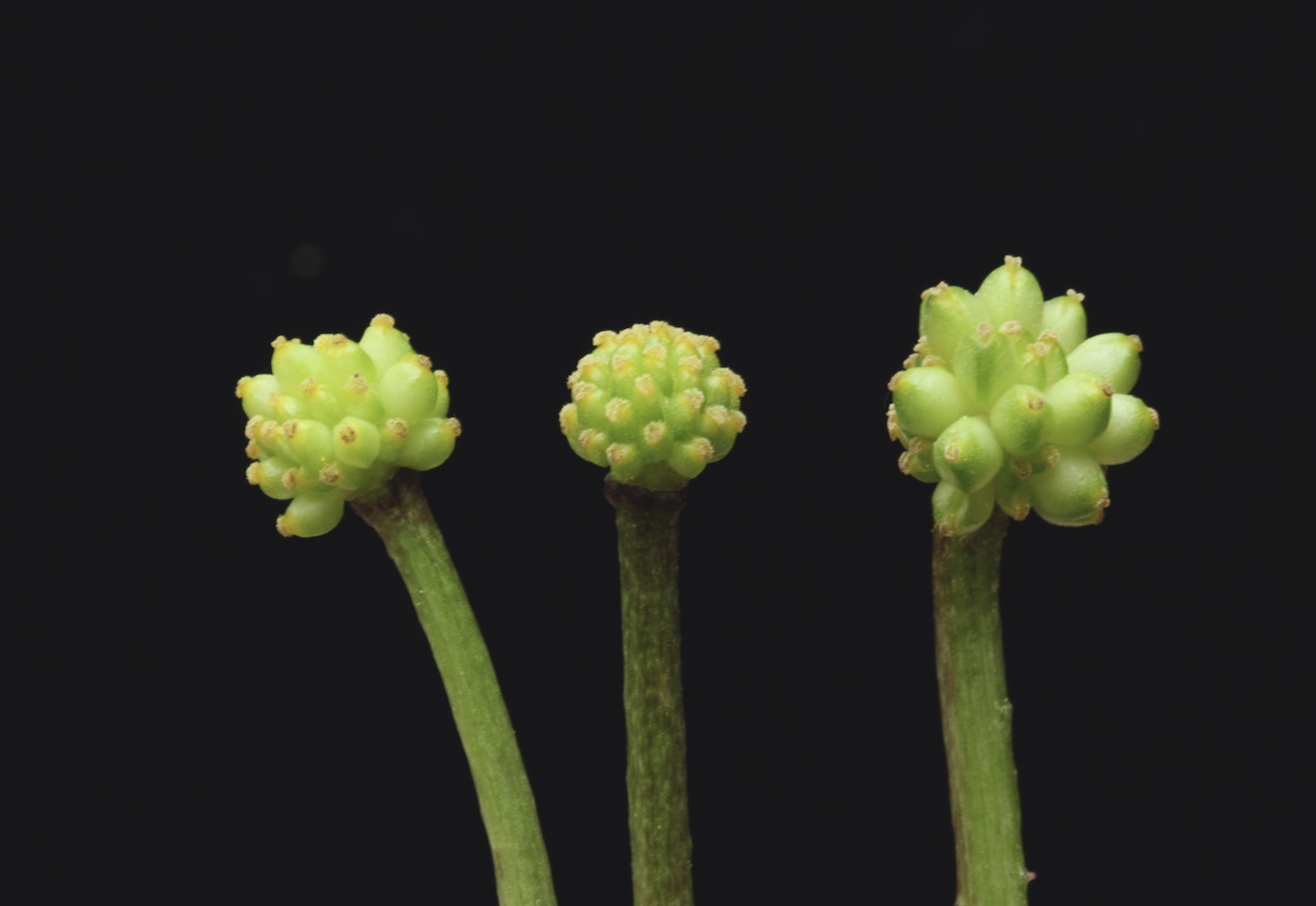

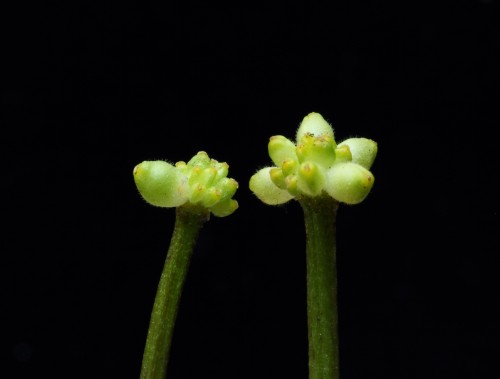
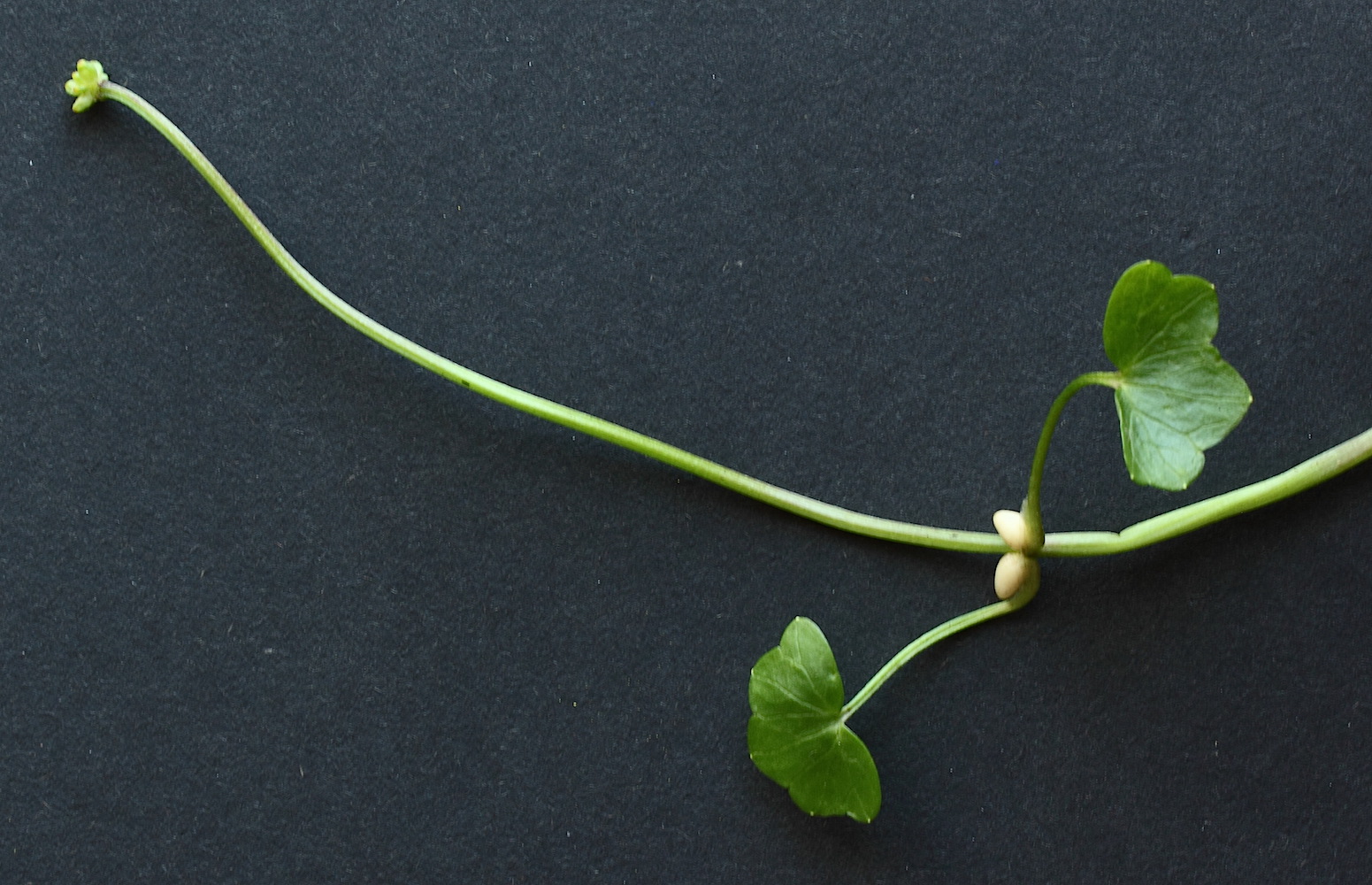
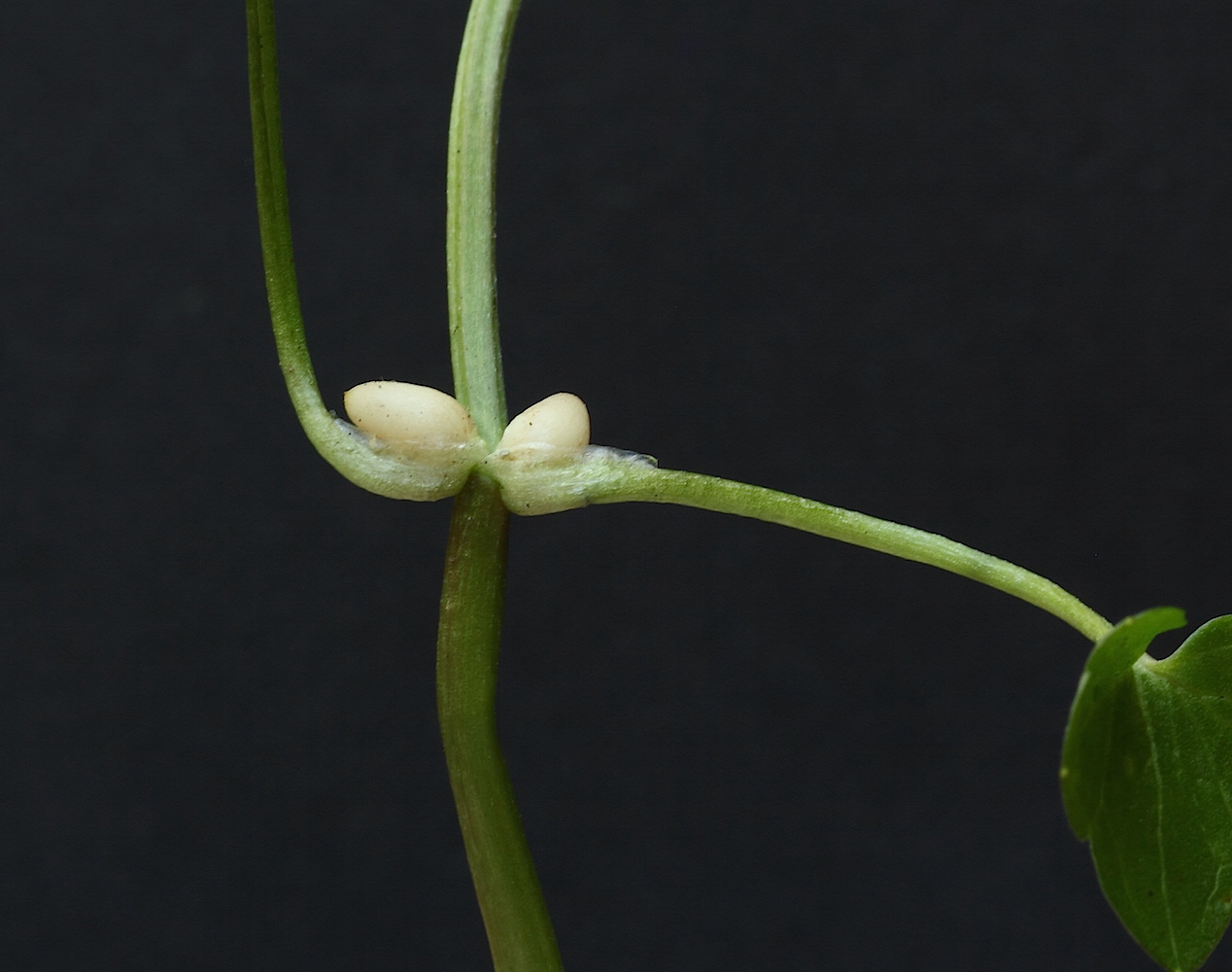
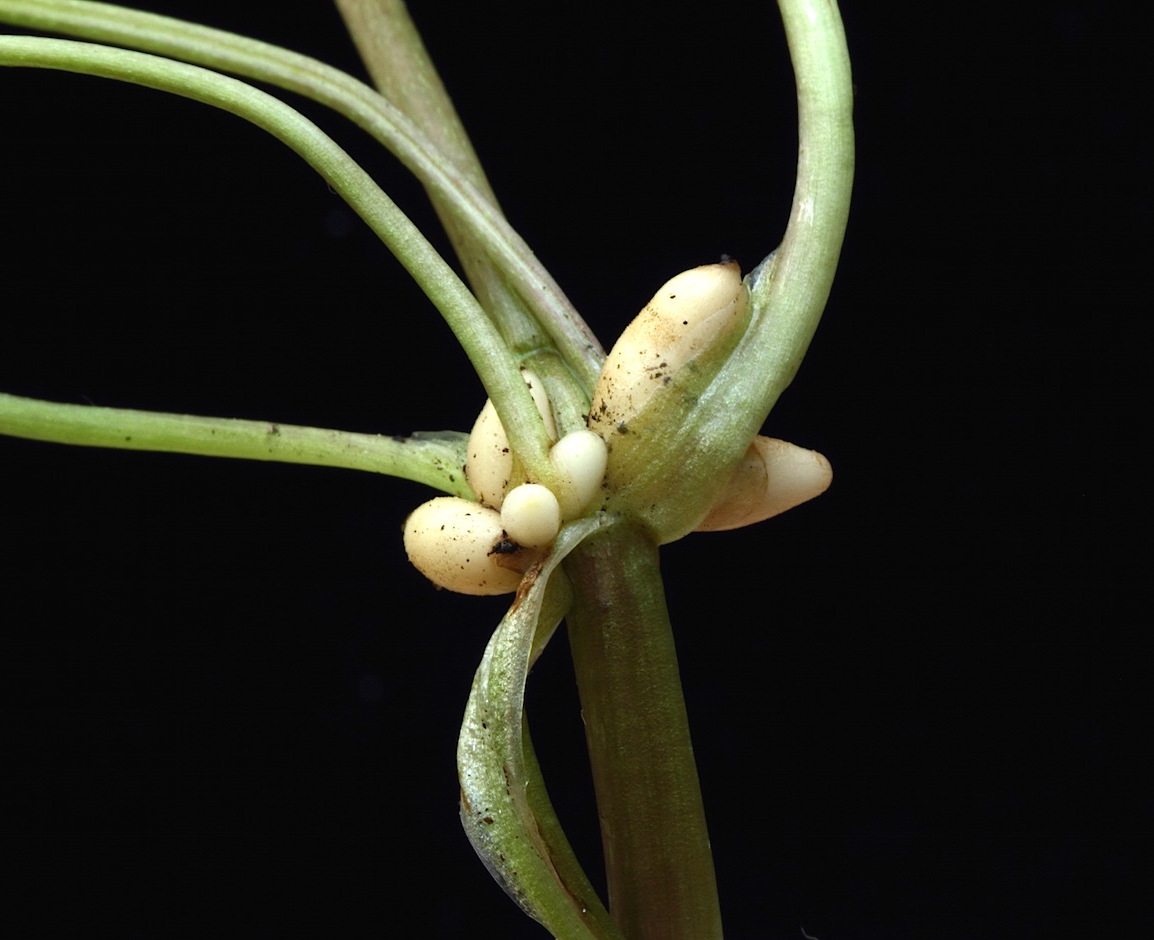
JR 11 April 2021
⇠ back to “Look out for…”